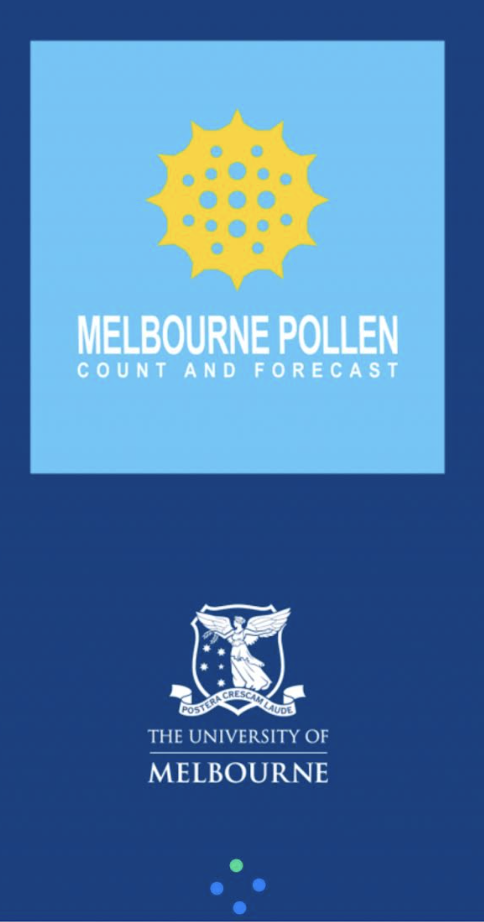First Aid

Welcome to Spring! To our families that have Action Care Plans in place and medication on site please ensure that all plans are up to date on Operoo. Please check with office staff that your child's medication is within its expiry date.
September is bringing out the beautiful weather and creating some challenges for Hay fever sufferers. Thank you to those who already have an ASCIA Allergy Action Care Plan in place, no further action is required.
If your child needs medication to help control Hay fever please ensure you have a signed Medical Management plan (found on our website) or an ASCIA Allergic Rhinitis Treatment Plan - Hay fever by a medical practitioner. Click here: ASCIA
Please read the following information regarding Hay Fever.
Hay Fever is an allergic reaction to environmental allergens such as pollens, dust mite, moulds and animal dander. It can be very challenging avoiding allergic triggers and taking the appropriate steps can be the best ways to reduce the frequency of hay fever symptoms.
Hay fever is caused by the nose and/or eyes coming into contact with environmental allergens, such as pollens (grasses, weeds or trees), dust mite, moulds and animal dander.
Most people associate hay fever with spring, when airborne grass pollens are at their peak. This is known as seasonal allergic rhinitis or spring hay fever. However, hay fever can occur at any time of the year.
Symptoms of hay fever
Some of the immediate signs and symptoms of hay fever include:
- runny nose
- itchy nose
- sneezing
- itchy, watery eyes.
In some cases, the symptoms of hay fever can be so severe that a person can’t sleep or concentrate, and may feel tired or unwell.
Hay fever is an allergic reaction
Your nose acts as a filter. The tiny hairs and mucus that line the nasal passages trap dust, pollens and other microscopic particles. A person with hay fever is allergic to some of the particles that get trapped in the nose, such as pollen.
- Antihistamine tablets, syrups, intranasal sprays and eye drops (non-sedating) – help to reduce symptoms (sneezing, itchy and irritating eyes). They are not as effective in controlling severe nasal blockage and dribble. The advantage of antihistamines is their flexibility, as you can take them when you have problems, and avoid them when you are well. Antihistamine eye drops can be helpful in controlling watery eyes due to allergies.
Hay fever and thunderstorm asthma
Grass pollen season brings an increase in asthma and hay fever. It also brings the chance of thunderstorm asthma.
People with hay fever, especially those who experience wheezing or coughing with hay fever, may be at increased risk of epidemic thunderstorm asthma. Epidemic thunderstorm asthma can be sudden, serious and even life-threatening.
Having good control of your hay fever can help reduce your risk of thunderstorm asthma.
Information Sourced: https://www.betterhealth.vic.gov.au/health/conditionsandtreatments/hay-fever
A useful app to monitor high Pollen days:

